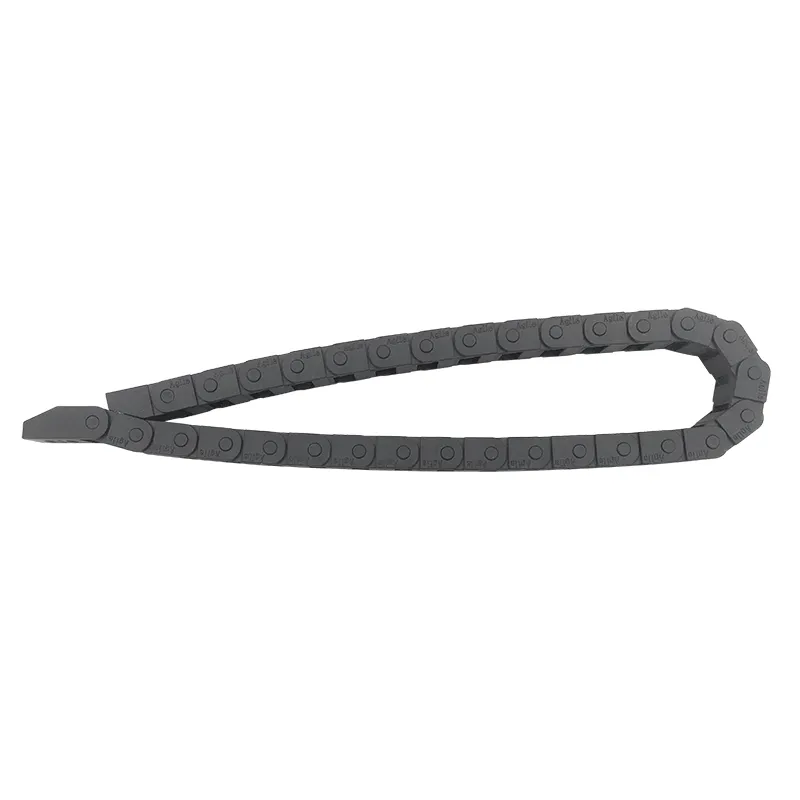Synchronous Belts - High-Performance Transmission Solutions
Understanding Synchronous Belts An Essential Component in Mechanical Systems
Synchronous belts, also known as timing belts, play a crucial role in various mechanical systems, from automotive engines to industrial machinery. These belts are designed to synchronize the rotation of parts, ensuring that components move in unison and that the system operates efficiently.
Made primarily from rubber and reinforced with fibers, synchronous belts feature teeth that engage with corresponding grooves on pulleys. This tooth engagement allows for precise transmission of motion without slippage, which is a common issue with traditional V-belts. The ability to maintain exact timing between rotating parts is essential in applications such as engine timing, where the synchronization of the crankshaft and camshaft is vital for optimum performance.
One of the significant advantages of using synchronous belts is their efficiency. They can transmit power effectively at higher speeds and loads compared to other types of belts. The reduction of slippage not only enhances performance but also extends the lifespan of both the belt and the components it drives. Moreover, synchronous belts tend to be quieter in operation, making them suitable for noise-sensitive environments.
synchronous belt

Another critical aspect to consider is the maintenance of synchronous belts. While they generally require less maintenance than chains or gears, regular inspections for wear and proper tension are essential. A misaligned or worn-out belt can lead to failures that may disrupt operations and result in costly repairs. It is also vital to choose the correct size and type of belt for the specific application to ensure optimal performance and longevity.
Synchronous belts are utilized across various industries, including automotive, manufacturing, and robotics. In automotive applications, they ensure that engine components operate smoothly, significantly impacting fuel efficiency and overall performance. In manufacturing, synchronous belts drive conveyor systems, ensuring that processes move steadily and without interruption.
As technology continues to advance, so does the design and material composition of synchronous belts. Innovations in materials, such as the introduction of synthetic fibers and advanced rubber compounds, have improved their strength and resilience, allowing them to handle even more demanding conditions.
In summary, synchronous belts are a vital component in many mechanical systems, offering precise, efficient, and reliable performance. Understanding their function and maintenance is crucial for anyone involved in engineering or mechanical design, highlighting their importance in both everyday applications and advanced technologies.








